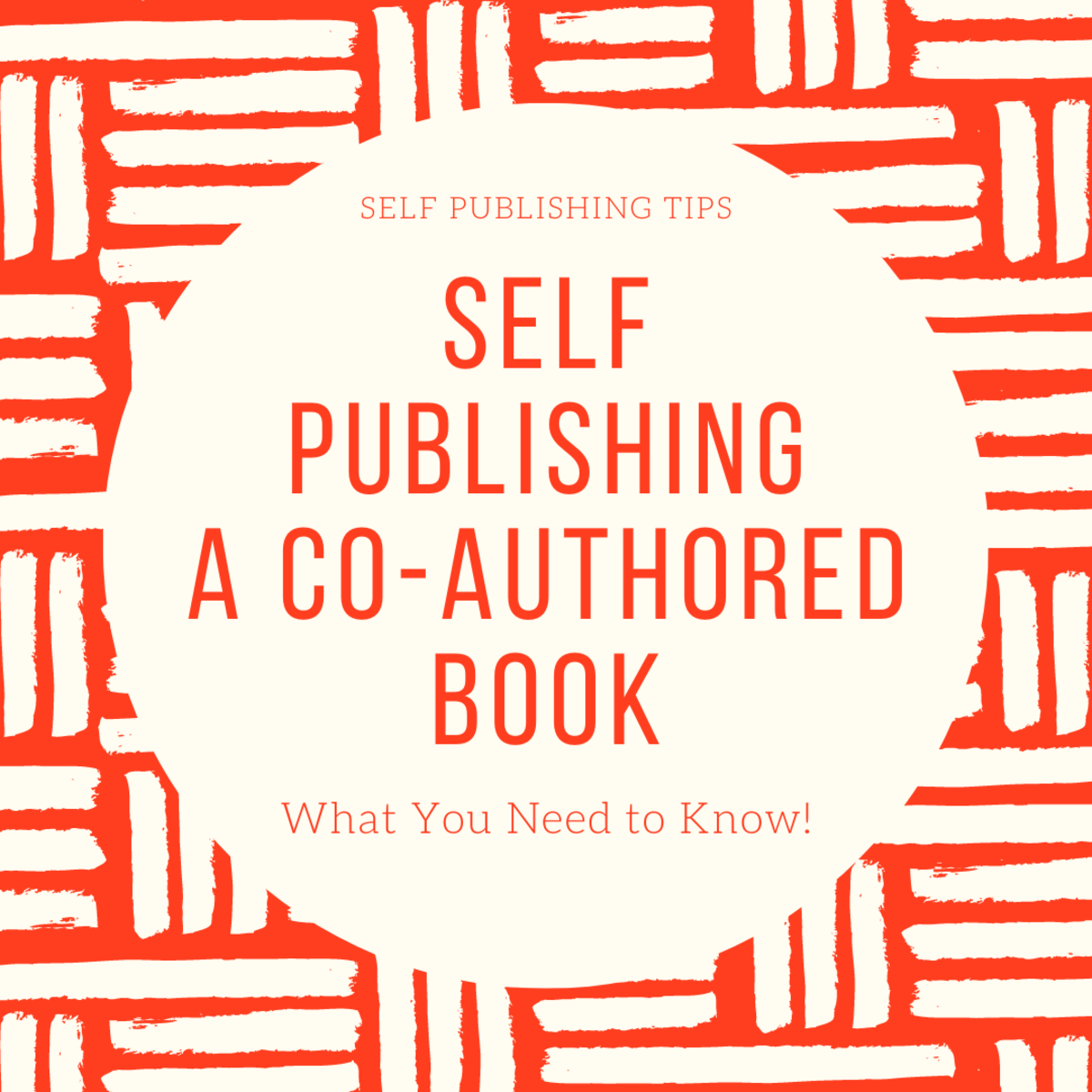- HubPages»
- Books, Literature, and Writing»
- How to Write»
- How to Get Published
What is ePublishing (Electronic Publishing)?

We need to know about ePublishing because that is the way the world is moving.
Some of us may be ready to welcome the changes while others may be uncomfortable, but in any case it would be nice to stay abreast of developments. This would not only ensure that we do not suffer the disadvantages of being outdated, it could also open up a world of opportunities that the new changes have ushered in.
We can get an overview of ePublishing by finding answers to a few questions. What does publishing mean? What are the different ways to publish? How is ePublishing impacting the world of books? What are the options before us?
What is Publishing?
Publishing simply means making available to the public, books, articles, music, images, video, movies or other material. Usually publishing involves selling, although it could also be done merely to inform or draw the attention of the public.
Traditional publishing involved writing / creation, editing, formatting, printing /preparation, distribution and promotion of the work. Since this was a complex process involving many steps, publishing was usually done as a business by publishing houses although in a few cases, writers and others have tried to do the publishing themselves (referred to as self-publishing).
What is ePublishing?
In its broadest term, ePublishing is publishing by making use of electronic means.
Thus in the traditional model, your article would be printed out in a newspaper or magazine whereas today it will appear online. If you write a blog on a website that would also be a simple form of ePublishing. What has changed is that instead of printing on paper we make use of electronic means.
The distribution is not limited to only Internet articles. You can have e-books distributed either on the Internet or by way of CDs or DVDs. ePublishing is also not limited to books alone but includes audio files, images and video as well. In all these cases when the process of publishing relies on electronic means, it would come under ePublishing.
The world of Books and ePublishing
The disruptive effect of ePublishing is very evident when we look at the Book publishing industry.
According to data published by Association of American Publishers, during the first 3 months of 2012, e-book sales was $282.3 million whereas hardcover and paperback sales was 655.80 million. Therefore E-book sales now accounts for 30% of total book sales! But what is more important is the fact that e-book sales grew by 28% while hardcover and paperback sales declined by 7%. This is a consistent trend that can be seen from the figures of the last few years.
As far as the overall process is concerned, ePublishing is very similar to traditional publishing. Thus, if a book is to be published, then in either case you actually have to write, edit and format the book to prepare it for publication. Then it has to distributed or made available to potential readers / buyers for a certain price. Somebody will also have to promote the book to maximize sales. Finally the reader will sit and read the book one way or the other.
But at the same time there are significant differences brought on by the fact that the medium has changed and therefore everybody who is involved – be it the writer, agent, editor, publisher or the reader – have to be comfortable with the new ways of working. Also the disruptive influence of the new system is changing many aspects of the industry and it’s working.
Impact of ePublishing
For the person who produces the content, the change is mainly in terms of producing it in a digital format. This may involve some basic knowledge and skills regarding use of computers or whatever devices are used at the production stage. Besides this ePublishing has changed the way the industry works. In the old days, you wrote a novel and sent off a query letter to publishing houses or agents. After you got a favorable response, the publisher and your agent would take care of all the other aspects – the editing, formatting, cover design, legal aspects, copyright, ISBN, distribution and promotion arrangements. In the new world of ePublishing, you have the option of going ahead and self-publishing your work without waiting for the publisher’s nod.
The pricing of e-books and the royalty share of authors has also undergone changes. The barriers have also crumbled so that a large number of authors who may have remained unpublished under the traditional model can now become published authors in no time.
Readers too have a wider choice of books and can buy the book anytime from anywhere by downloading it. The best part is that they do not have to find storage space for their books, nor do they have to find ways to protect their books from silverfish, book mites and the weather.
The flip side is that many old readers still find the physical book a unique experience that can never be substituted by e-readers. Also with the proliferation of authors, there will be some poorly written, badly edited self-published books that will come our way.
Whether to ePublish?
If you are an aspiring writer and have a manuscript ready, you need to weigh the pros and cons by looking at all the options that are available. The best route will be to listen to people who have experience of all the models, like the video below. The decision will of course have to be yours keeping in mind your circumstances and skills.








